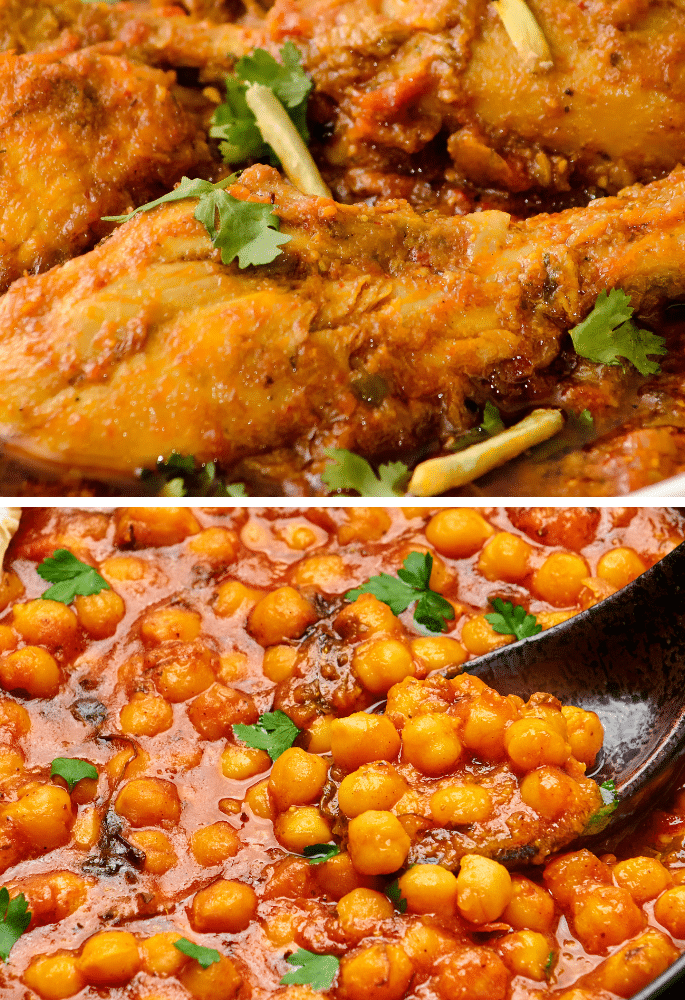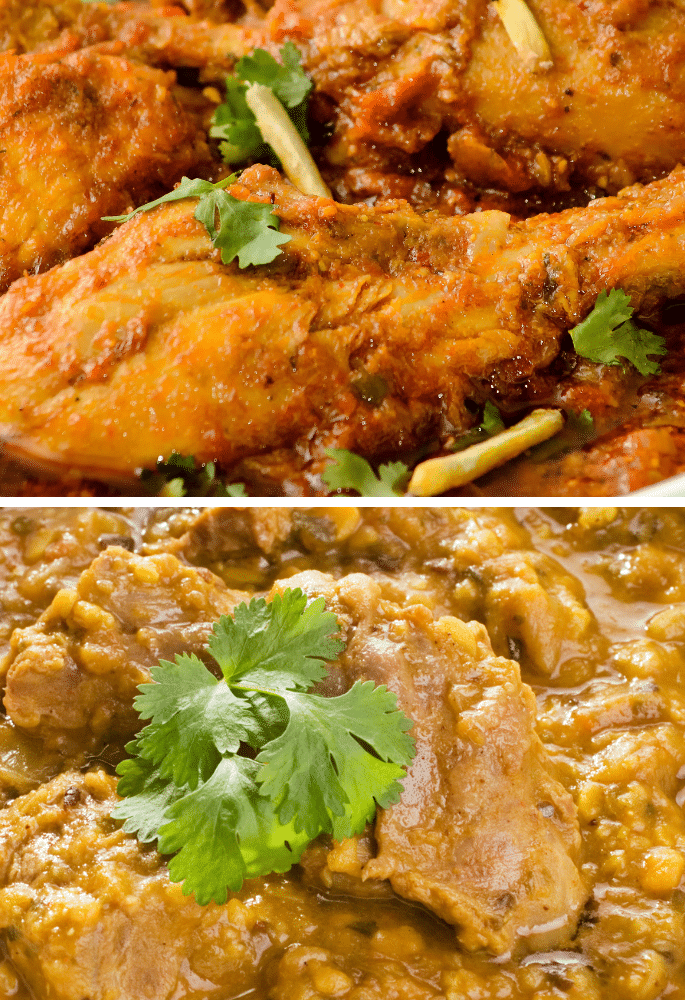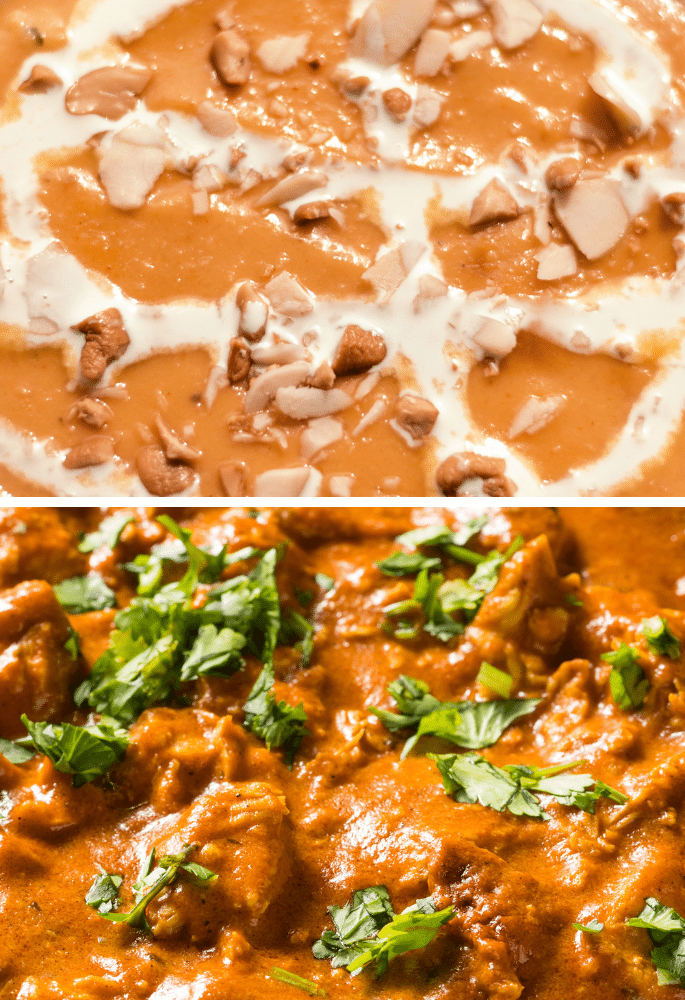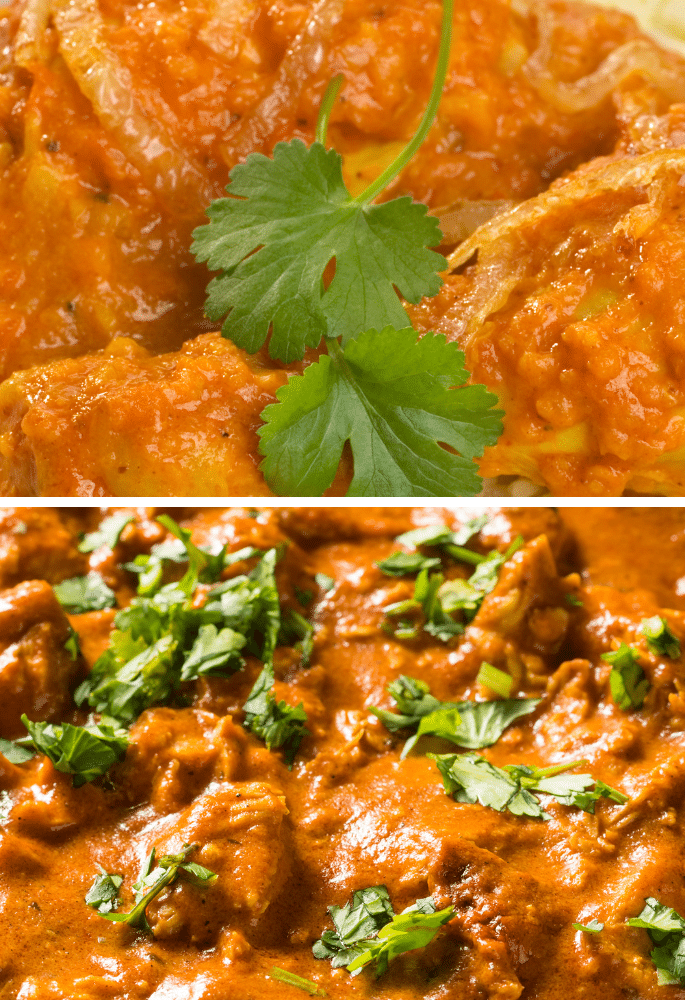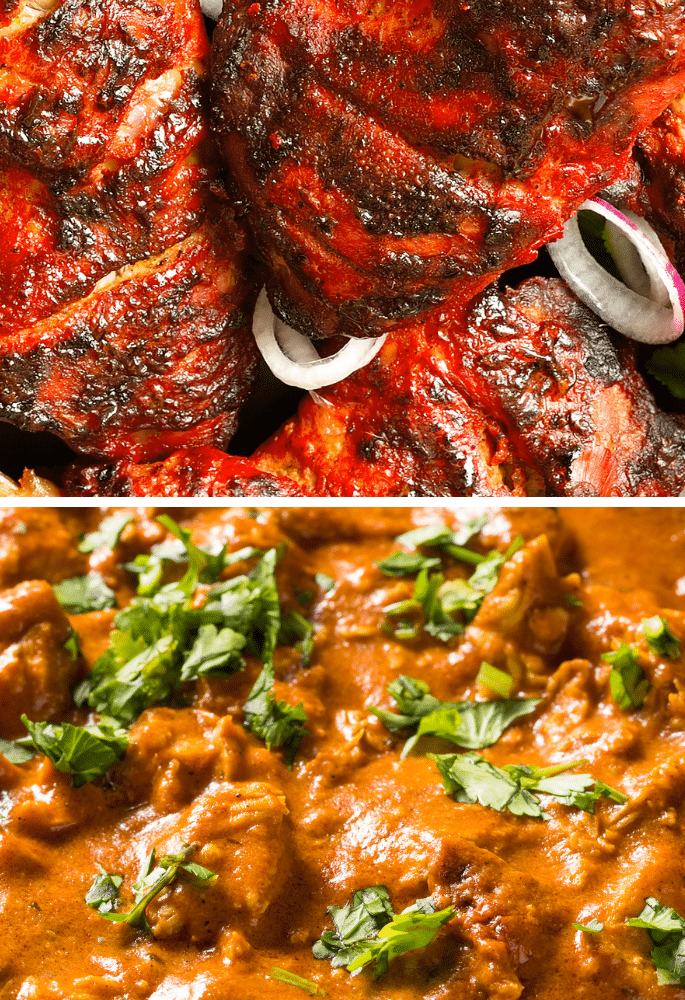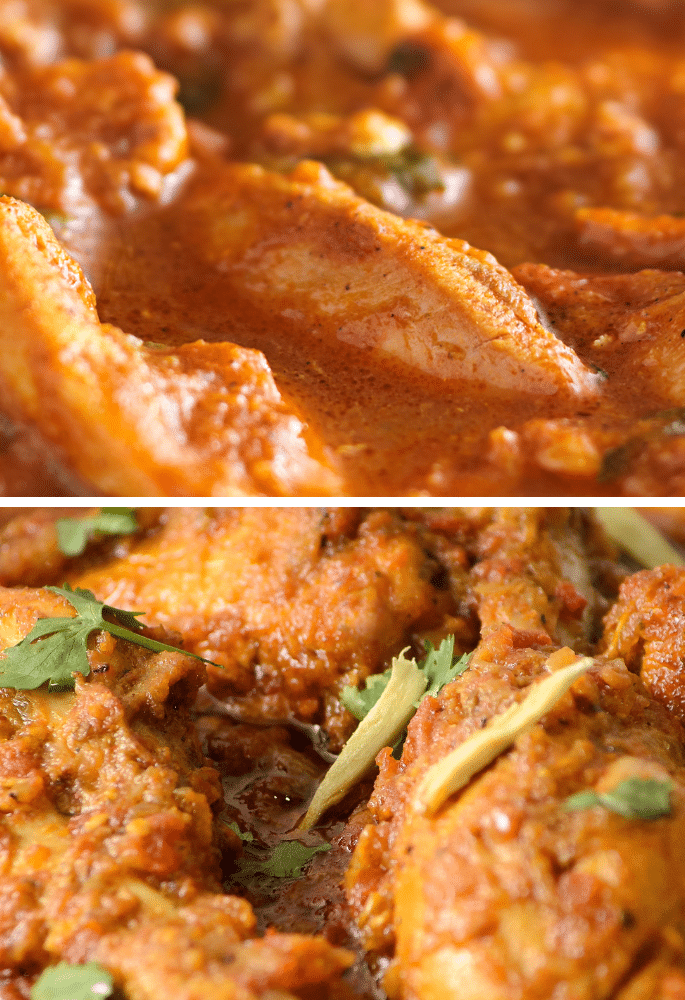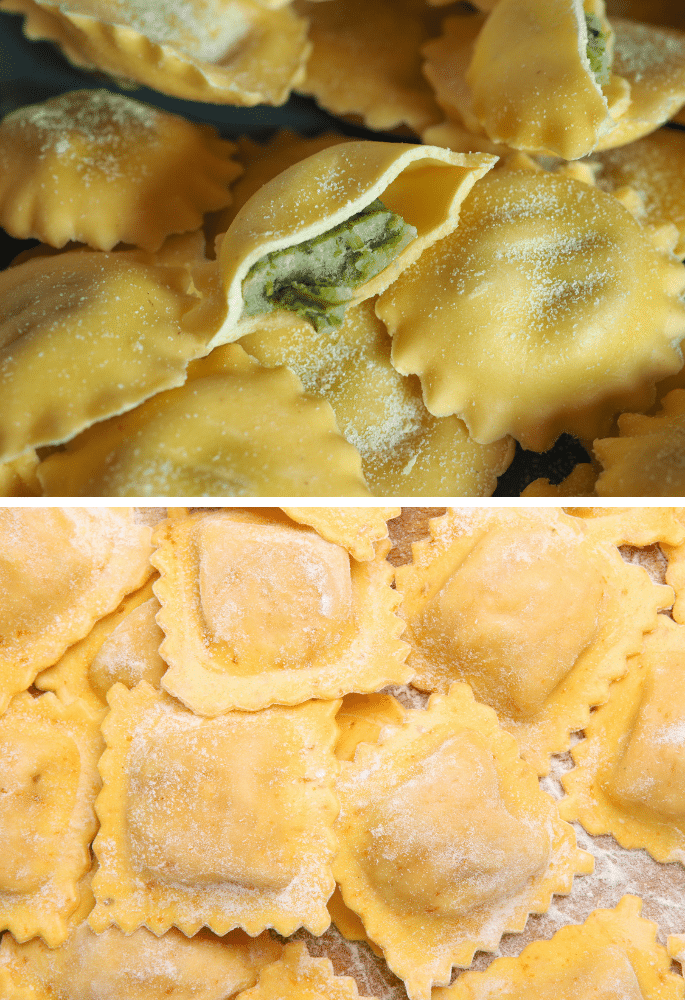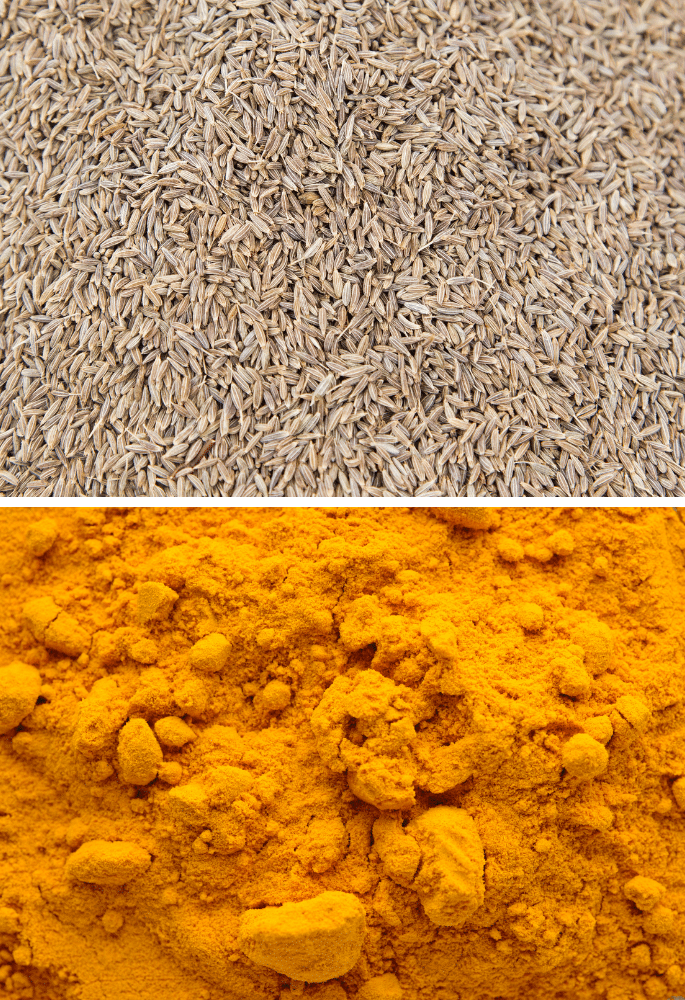If you’re asked to name an Italian cured meat, you’d probably go for Parma ham or prosciutto, right? But how do the two meat products differ? Are there any similarities? Are they, in fact, the same thing? Let’s compare Parma ham vs prosciutto:
There are no differences between Parma ham and prosciutto. This is because prosciutto is the umbrella term for ham in Italy. Parma ham is simply a type of ham from the Parma region of Italy.
What is Parma Ham?
Parma ham is self-explanatory. It is a type of ham that comes from the Parma region of Italy. It is referred to as prosciutto di Parma in Italy. This is where it becomes clear that Parma ham is, simply, a type of prosciutto.
Parma ham is a deep pink with a large fat rind running down one side. This is why it is always cut really thin. The fat is full of flavour so you want to eat it but it can be tough and chewy if it is not cut thinly.
Is Parma Ham Cooked?
No, Parma ham is not cooked. Instead, it is cured using salt. It does not need to be cooked. It can be eaten straight from the packet. It can be crisped up in the oven to create shards or fried to create a crumb.
Some purists would argue that this takes away from the delicate, savoury and sweet flavours in the Parma ham, though!
How I Use Parma Ham
It’s divine when draped over ripe melon slices for a classic sweet-salty combo that never gets old. And I’ve gotta say, I love it simply tucked into a crusty baguette with a smear of creamy brie – heaven in a sandwich, right there!
What is Prosciutto?
Prosciutto is the blanket term for ham in Italy. You tend to get prosciutto cotto and prosciutto crudo. Cotto is cooked ham, much like the ham you’re used to having in a sandwich. Crudo is raw ham that has been cured, like Parma ham.
Prosciutto comes from the rear leg of the pig. More specifically, it’s made from the muscle running from the pig’s hip to knee, which is known as the femoral muscle in anatomical terms.
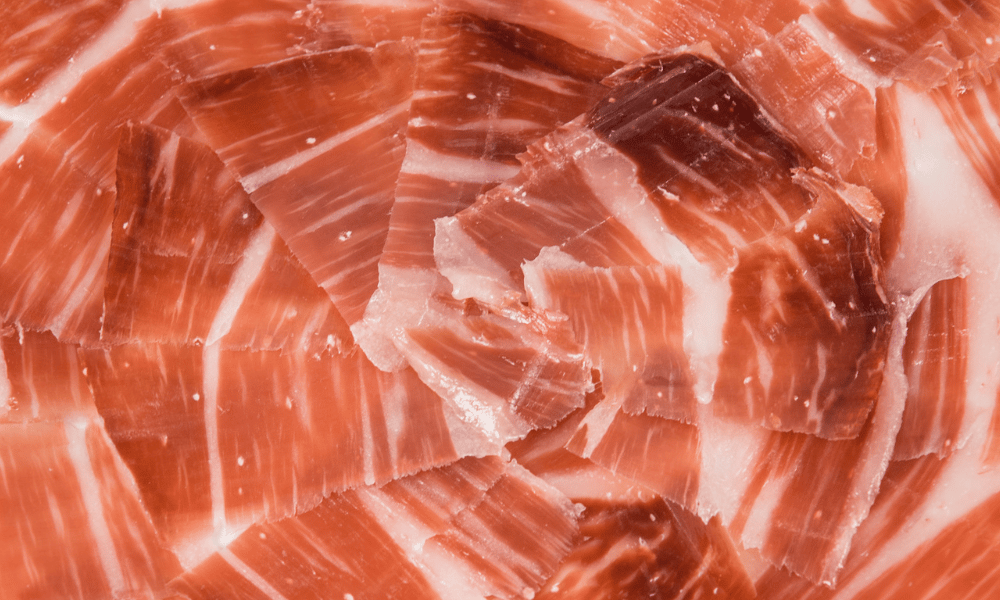
Is Prosciutto Cooked?
This depends. Prosciutto can be put into two categories, either crudo or cotto. Cotto is cooked prosciutto, much like a honey-roast ham you might be used to using in sandwiches. Crudo prosciutto is raw and cured ham.
Types of Prosciutto
As prosciutto is a term for ham, in general, there are various types of prosciutto to be aware of.
- Crudo – This is another category of prosciutto as opposed to a particular type of ham. Crudo means raw in Italian and covers all forms of cured ham, including Parma ham.
- Cotto – Cotto is cooked ham. It will usually have a more pale pink colour and will break into pieces easily.
- San Daniele – Prosciutto di San Daniele is one of Italy’s most famous, most desired and most expensive hams. Unsurprisingly, it must be made in a small village in Northern Italy called San Daniele.
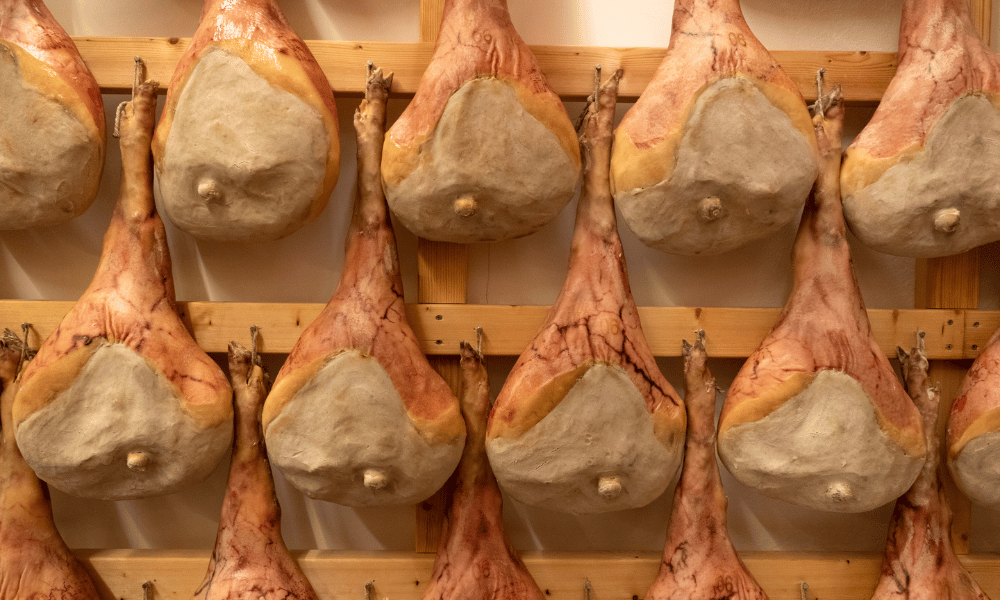
- Parma – Parma ham, as the name suggests, must come from the Parma region of Italy. You know if the Parma ham you have bought is legitimate as it will be stamped with the Ducal Crown and the world ‘Parma’ in the centre.
- Modena – Prosciutto di Modena, as is probably obvious by now, must come from around Modena.
- Toscana – Unlike many prosciutto varieties, prosciutto di Toscana will often have added flavourings including pepper, garlic and rosemary to give it a distinct flavour, not too dissimilar to the flavours of porchetta.
How I Use Prosciutto
Prosciutto is great grilled and served with a poached egg on toast. Try wrapping it around asparagus and grilling, or using it on a fig pizza.
Differences Between Parma Ham and Prosciutto
There are few differences between Parma ham and other prosciutto, especially prosciutto crudo. They are all cured with salt.
There will be subtle differences in the flavour that experts and purists will be able to decipher. This is achieved through the feed that is given to the pigs. Parma ham pigs, for example, are fed the whey from Parmigiano-Reggiano cheese.
Yes, you can substitute Parma ham for prosciutto, as they both are Italian dry-cured hams with similar taste profiles. However, do note that Parma ham can be slightly sweeter and less salty than prosciutto.
Similarities Between Parma Ham and Prosciutto
Of course, there are plenty of similarities between Parma ham and other prosciutto products. These similarities include the following:
Pig-Derived
The obvious similarity between all types of prosciutto is that it comes from the same animal: Pigs. In the same way that all ham is made from pigs, prosciutto is the same. Generally, prosciutto will be made from a pig’s legs.
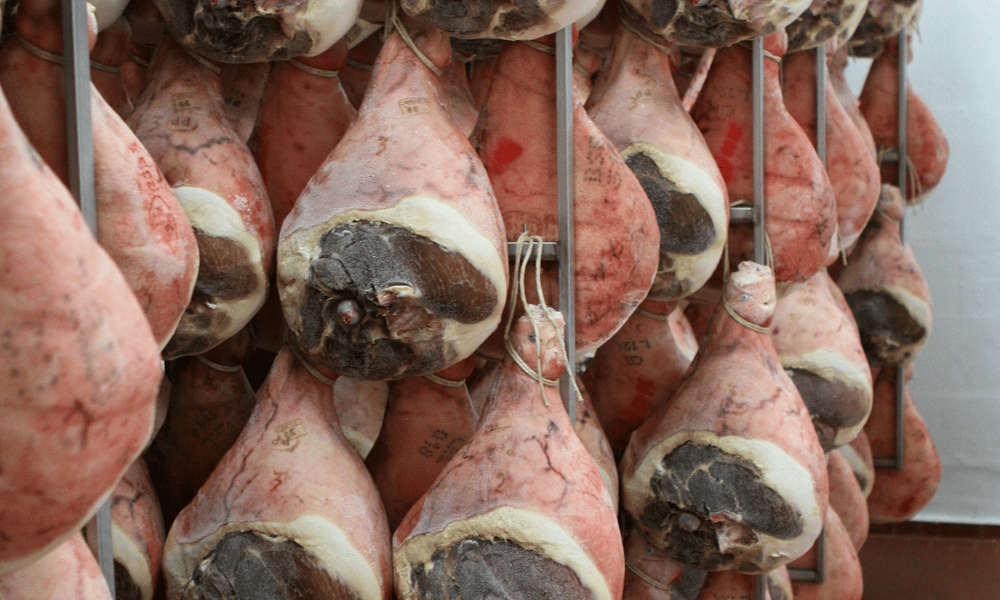
Flavour
Although each region will produce prosciutto with subtle flavour differences, most people will struggle to instantly tell where ham is from without being told. Generally, the only two ingredients used are salt and pork
Appearance
Most prosciutto crudo will look the same. It’ll have a slightly shiny flesh with a rich, deep pink colour and a bright white rind of fat.
Parma Ham vs Prosciutto: Which Wins?
Now it’s time to make a decision… Which are you voting for when we put parma ham vs prosciutto in front of you (you can only pick one)!
Do You Prefer Parma Ham or Prosciutto?
Sources
We have verified the information on this page using the following resources:
Hailing from Liverpool, Oliver is an adventurous chef with a penchant for exploring diverse cuisines and novel ingredients. Ollie, combining his love for local British flavours with global influences, brings innovation and charm to home cooking.


